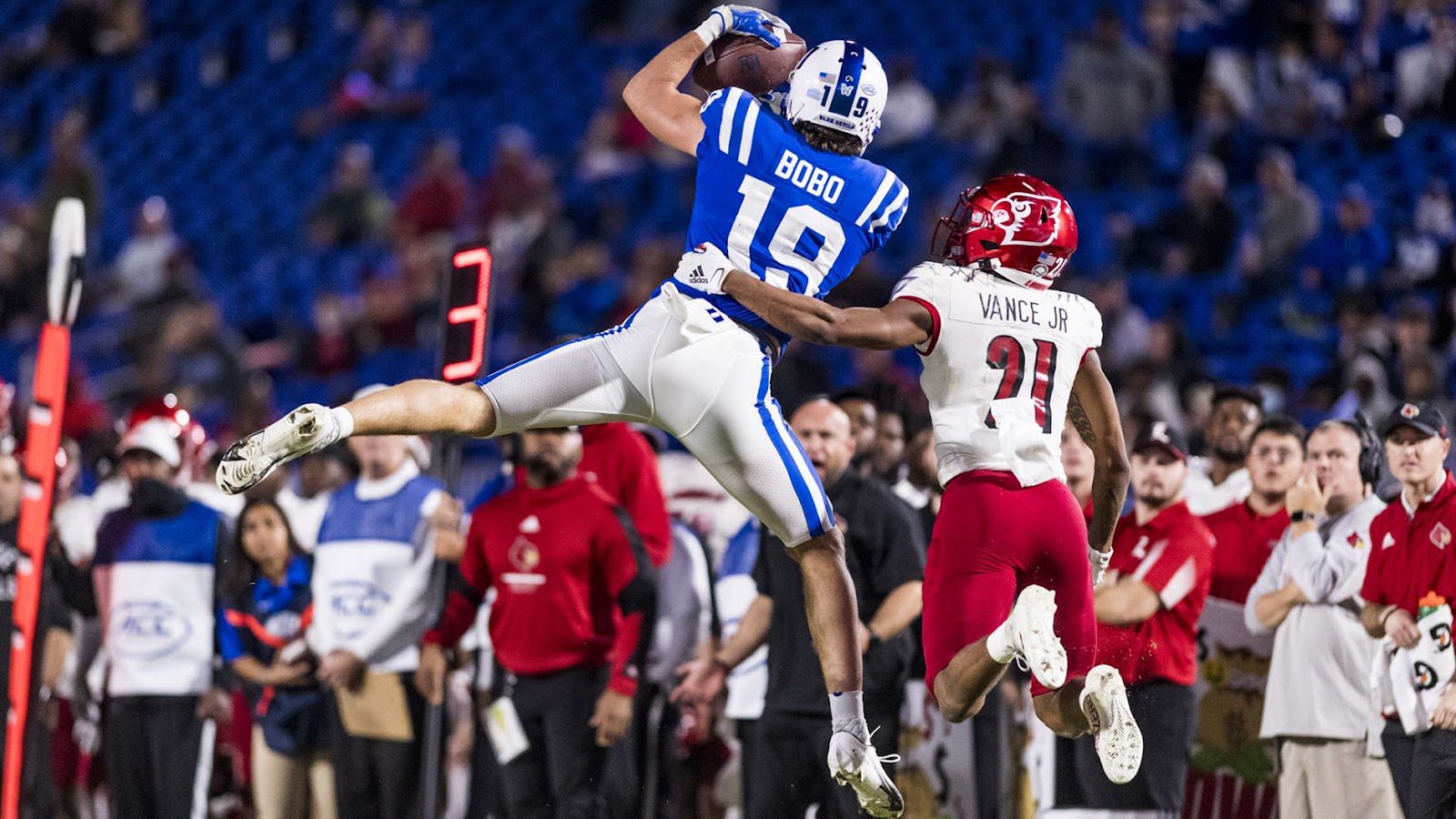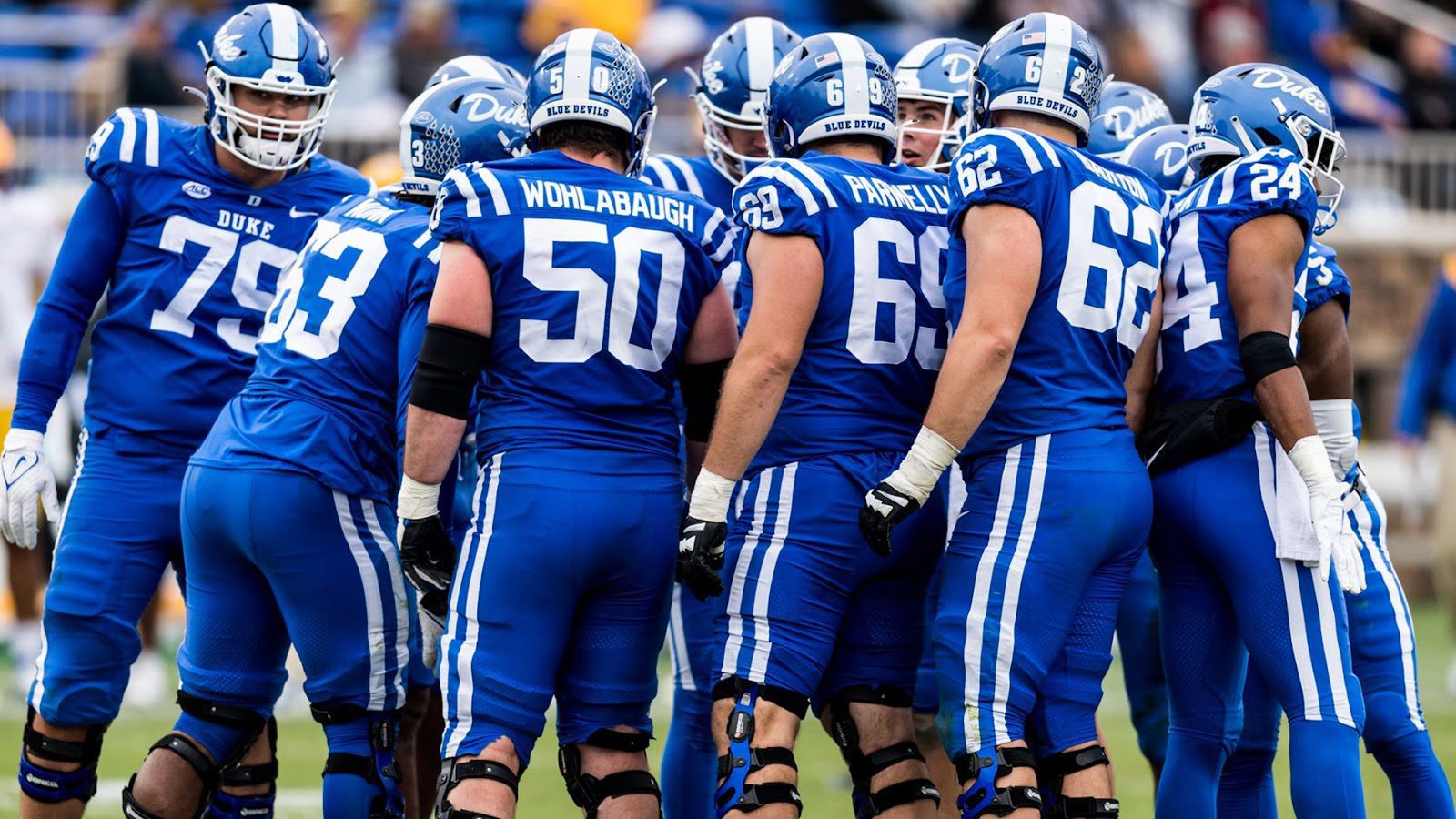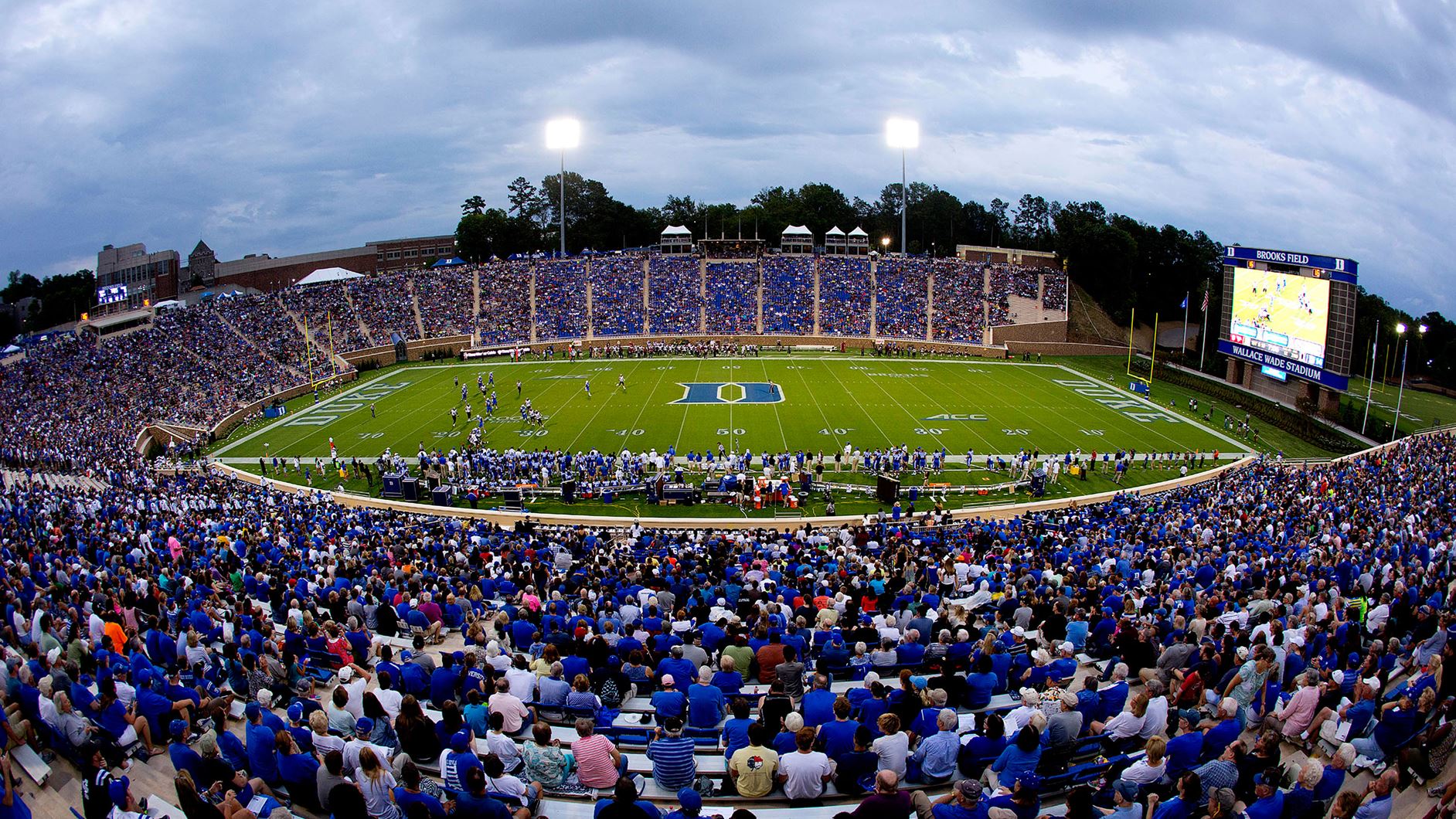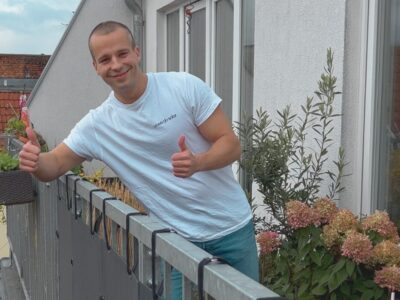In 2014 Duke launched its Zero Waste Game Day Initiative at Wallace Wade Stadium – in less than a decade, it reached an 80% diversion rate for an entire football season.
Every success story has a beginning. The success story behind Duke University’s Zero Waste Game Day Initiative began with research. A 2013 study revealed a typical Duke football game produced around three tons of trash, and over 85% of that trash could have been composted or recycled.

Duke’s athletic department teamed up with Liza Schillo, a graduate student at Duke’s Nicholas School for the Environment, Arwen Buchholz from Duke Sanitation and Recycling, and Tavey Capps from Duke Sustainability to devise a plan utilizing recycling, composting, and source reduction, to divert stadium waste away from landfills. “The idea is to take everything we have and drop that down to only 10 percent going to the landfill,” Buchholz told the Raleigh News & Observer in 2014.
The planning led to Duke’s Zero Waste Game Day Initiative, which launched for the 2014 football season. To engage its fans in the zero waste campaign, recycling stations were set up around the stadium. Each station contained a trio of waste bins lined with different colored bags: blue for recycling, black for trash, and green for compost (including paper napkins and food scraps). In 2014, Duke reached a 51% diversion rate, recycling a total of 39,940 pounds at Wallace Wade Stadium, with 4,760 pounds composted and 42,260 pounds going to landfills.
Recycling wasn’t totally new at Wallace Wade Stadium. In 2013, for example, Duke participated in the national EPA-run GameDay Recycling Challenge and placed fourth among Atlantic Coast Conference (ACC) schools in per capita recycling and third for recycling organic materials for the Challenge’s game. The season-long Zero Waste Initiative paid immediate dividends as Duke’s 2014 GameDay Recycling Challenge game’s 65.35% diversion rate topped the ACC and ranked 12th nationally.
While Duke’s Zero Waste Initiative’s overall diversion rate in 2015 rose only to 55%, the pounds of waste deposited in landfills dropped over 40%, and the amount of composted waste more than doubled. The 2015 season’s most impressive accomplishment, however, occurred at the November 14th home game versus the University of Pittsburgh when 94% of the stadium’s waste was composted or recycled, making Duke the first ACC school to achieve the zero-waste mark (the zero-waste threshold being 90%).
Duke scored its second Zero Waste game during the 2016 season, when they had a 93% diversion rate at their September 10th game versus Northwestern. More notable still were that season’s overall numbers. The pounds of waste recycled and waste composted both increased by more than 50%, while the amount of landfill waste decreased, and the season’s diversion rate leaped to 78%.
Duke officials believe one factor distinguishing their program from other schools’ sustainability efforts is that their volunteers don’t just focus on trash pickup inside the stadium but help at the waste stations and work the parking lots for the entire game day, from the start of tailgating until after the final fans leave. “The goal is for users to take a moment to sort their waste into reusable streams like compost and recycling, instead of just throwing everything into a trash bin,” explained Rebecca Hoeffler, program and communications coordinator for Sustainable Duke, adding: “They’re doing that.”
Volunteers, who include university students, Duke’s Environmental Services employees, and even local high schoolers, hand out thousands of “zero waste rolls,” which contain garbage, compost, and recycling bags, along with informational flyers about recycling and sustainability.
“Our game day volunteers have shown so much enthusiasm to make a difference to educate fans on Duke’s environmental and sustainable goals,” states Hoeffler, later elaborating, “knowing that there’s a way to integrate sustainability into football thrills everyone involved.” Fans have picked up on this zero waste enthusiasm too. According to Hoeffler, many tailgaters have come to help themselves to bags even before the volunteers arrive on game day.

The across-the-board buy-in at the university, states Duke’s Associate Director of Athletic Facilities, Game Operations & Championships Matt Hess, “is what propels us to increase our annual diversion rate year after year…The amount of resources and effort put into this initiative is a direct reflection of Duke’s commitment to excellence.” Many of the stadium’s outside vendors have supported the sustainability cause too by switching to compostable silverware and cups over the years.
Duke football players have also played a significant and hands-on role in making this initiative work. They have prepared thousands upon thousands of the zero waste rolls as well as autographed the educational pamphlets. When the Zero Waste Initiative started, Duke’s head coach David Cutcliffe stated that “as part of building this program, I encourage our players to leave a place better than you found it in every way. Part of that is taking pride in your facility.” And the coaches’ and football players’ support has been an appreciated part of the school’s team effort. “Members of the program continue to show interest in getting involved and bringing sustainability into athletics is absolutely phenomenal,” shared Hoeffler.
In 2019 (the most recent year with recycling statistics), Duke achieved its highest single-season diversion rate of 80%. Five home games averaged over 80%, with 86% being the highest single-game rate. Overall, 52,703 pounds of waste was collected, with only 10,669 pounds winding up in landfills. Duke’s goal remains to achieve an entire Zero Waste season, but the University has made remarkable strides in less than a decade.
“I think it’s important to note just how far the Zero Waste Game Day program has come since its inception in 2014,” Duke’s Recycling & Waste Reduction Coordinator Morgan Bachman said, “Rocketing from 51% to 80% diversion in only six seasons really tells a story of commitment to key success factors like packaging reduction, post-sorting, and participation from fans.”





